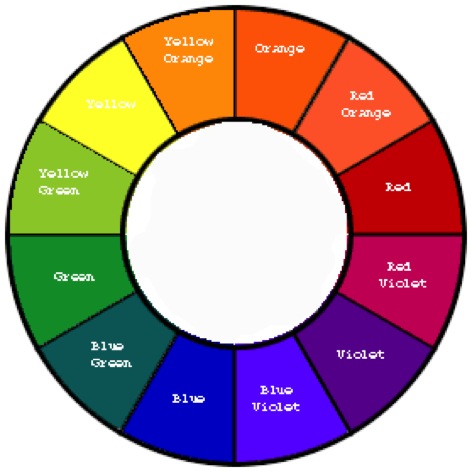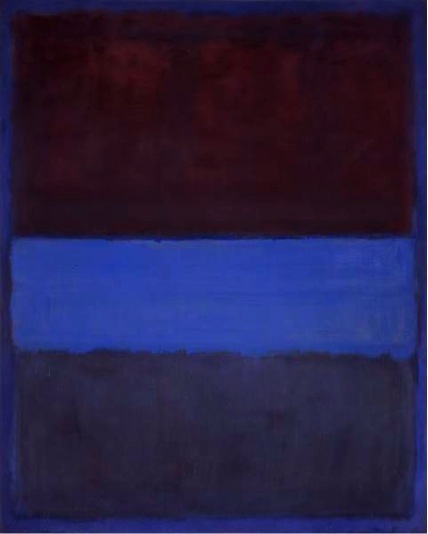


Week #6
Objectives: This week we will start with our exploration of the basics of color theory. In class we will experiment with various ways to mix color pigments together and talk of the results together as a class. Further discussion of the color wheel and its various uses will be demonstrated in class. The value and intensities of color as well as the differing ways to achieve changes in each will also be discussed and demonstrated. Further discussion of 20th Century art, and of the revolution of color theory that resulted from these contemporary artists searching for a new voice, will be a major goal of this weeks classes.
Agenda:
This week we will experiment with mixing a color wheel and discuss triadic color relationships and tetrad color intervals. These combinations of colors are referred to as color relationships. Slides and discussion will augment our experiments. Class time will focus on discussions of value and intensity of color and methods of controlling these factors with the addition of complementary hues. This is one of the most efficient ways to change the value or intensity of a hue because the resulting color contains a balance of all three primary hues.
Homework assignment: Mix six sets of two or more unique color combinations. You should have a minimum of twelve distinct colors. Put these colors into color block relationships whatever size or spacing is up to you. (See side-bar photo for student example.) Name your new set of color relationships.
Reading reference: Art Fundamentals, chapter seven, uses of color, edition 5, pages 124-139 edition 6, pages 134-145
Reference artists- Mark Rothko, Clifford Still, Ellsworth Kelly
- http://color-wheel-artist.com/basic-color-wheel.html